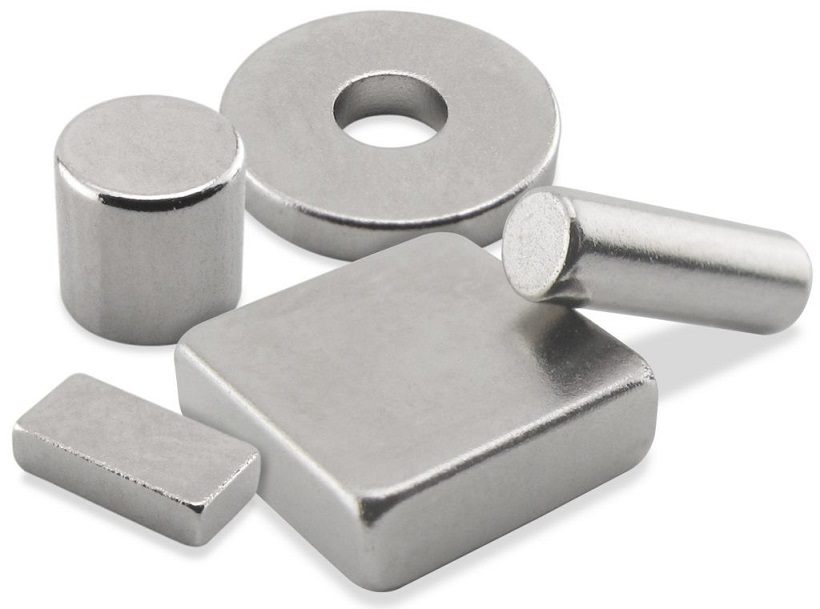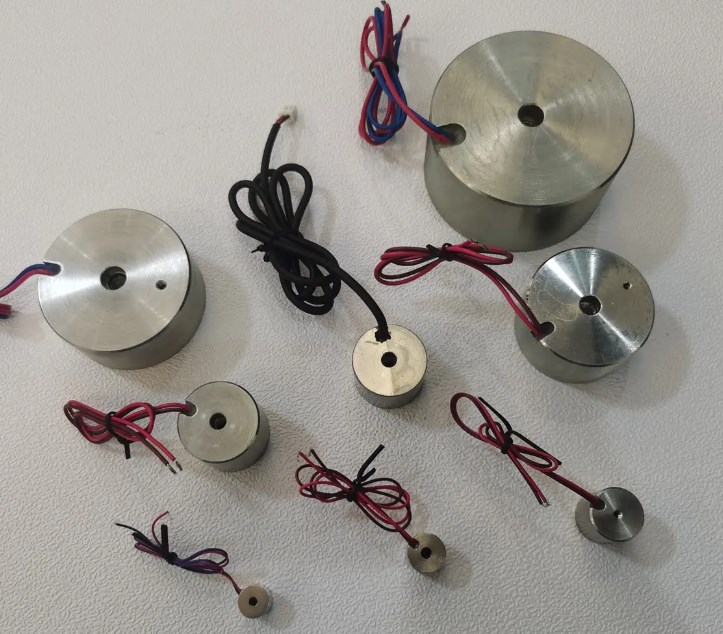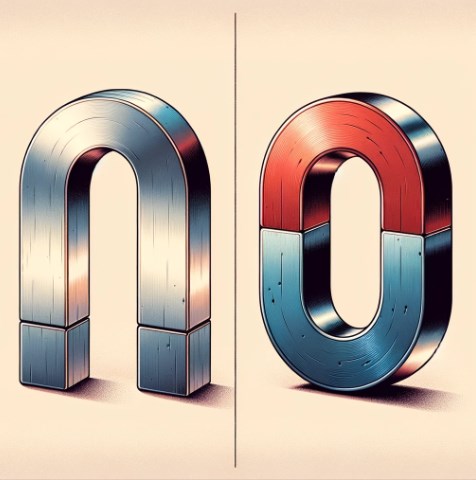What Are the Most Commonly Used Rare Earth Magnets?
Rare earth magnets refer to strong permanent magnets composed of rare earth element alloys. Among permanent magnets, rare earth magnets can generate the largest magnetic field, which is much larger than that of AlNiCo magnets or ferrite magnets. Rare earth magnets can generally generate a magnetic field exceeding 1.4 Tesla, while ferrite magnets or ceramic magnets are only about 0.5 to 1 Tesla. But do you know what are the most commonly used rare earth magnets?
 The Most Commonly Used Rare Earth Magnets
The Most Commonly Used Rare Earth Magnets
What are the most commonly used rare earth magnets?
The most commonly used rare earth magnets are the following two types: neodymium magnets and SmCo magnets. The two types of magnets contain neodymium and samarium, which are rare earth elements. Rare earth magnets are very fragile and susceptible to corrosion. Therefore, other metals are generally coated on the outer layer to protect the rare earth magnet itself.
1. Neodymium Magnets
Neodymium magnets were invented in the 1980s. They are the strongest rare earth magnets and are composed of an alloy of neodymium, iron, and boron. Neodymium magnets can be used on many occasions that require large magnetic fields or smaller magnets, such as motors, hard drives, and jewelry buckles. The magnetic field strength of neodymium magnets is the largest among permanent magnets. Compared with samarium cobalt magnets, neodymium magnets have higher coercivity, but they have a lower Curie temperature and are easier to oxidize. In order to avoid corrosion, the neodymium magnet surface needs to be protected during use, such as plating with gold, nickel, zinc, and tin and spraying epoxy on the surface.
2. SmCo magnets
SmCo magnets are made of samarium, cobalt, and other metal rare earth materials through proportioning, smelting into alloys, crushing, pressing, and sintering. Samarium cobalt magnets are the earliest rare earth magnets discovered. SmCo magnets have two composition ratios, namely (samarium atom: cobalt atom) 1:5 and 2:17. SmCo magnets have a high magnetic energy product, a low-temperature coefficient, and their maximum operating temperature can reach 350°C. When the working temperature is above 180℃, their maximum magnetic energy product (BHmax), coercivity, temperature stability, and chemical stability all exceed NdFeB magnets. Samarium cobalt magnets have strong corrosion and oxidation resistance. The maximum energy product (BHmax) of samarium cobalt magnets ranges from 16 MGOe to 32 MGOe, and its theoretical limit is 34 MGOe. Because of the high price of samarium-cobalt magnets, they have fewer applications. Due to the high Curie temperature of SmCo magnets, they can be applied to occasions that require a large magnetic field at high temperatures. SmCo magnets are not easy to oxidize, but sintered samarium cobalt magnets are fragile and easy to break.
Conclusion
Thank you for reading our article and we hope it can help you to have a better understanding of the most commonly used rare earth magnets. If you want to learn more about rare earth magnets, we would like to advise you to visit Stanford Magnets for more information. As a leading magnet supplier across the world, Stanford Magnets has been involved in R&D, manufacturing, and sales of magnets since the 1990s. It provides customers with high-quality permanent magnets like SmCo magnets, neodymium magnets, AlNiCo magnets, and ferrite magnets (ceramic magnets) at a very competitive price.















